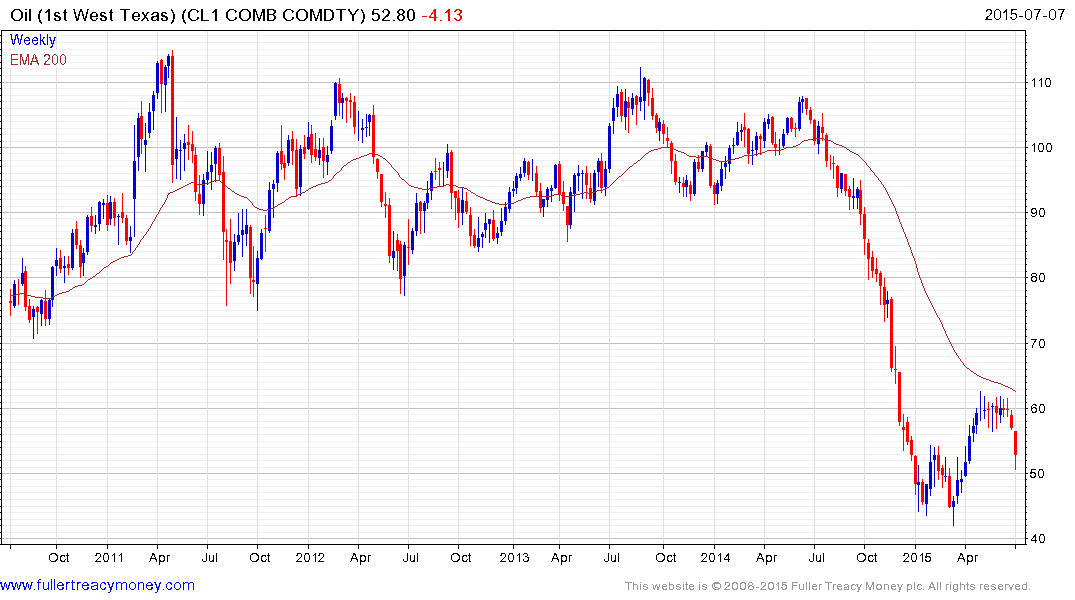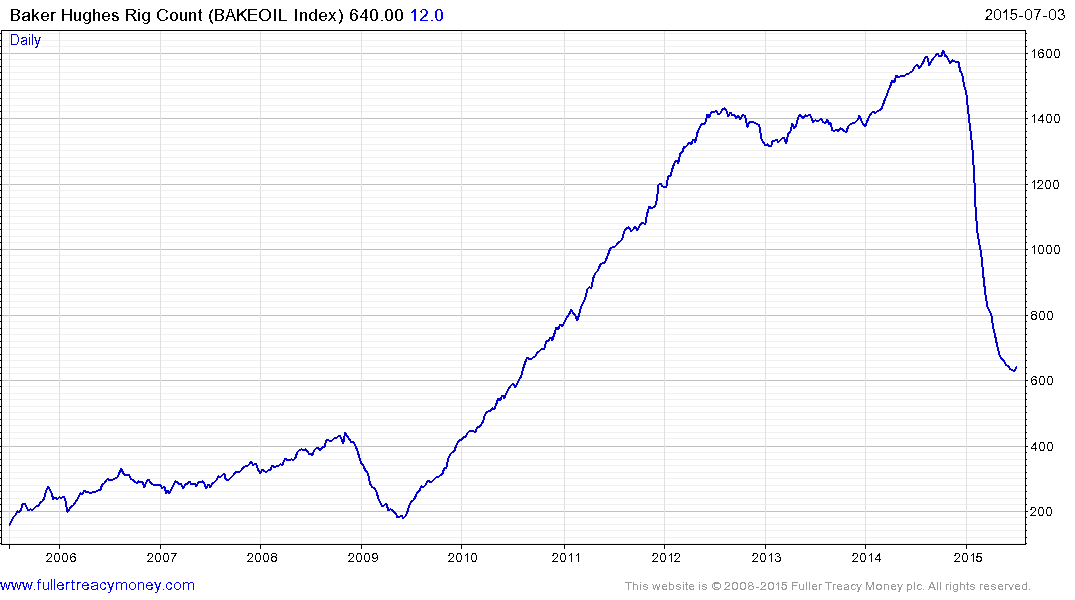Refracking Is the Hot New Craze Sweeping Across Shale Oil Fields
This article by Dan Murtaugh, Lynn Doan and Bradley Olson for Bloomberg may be of interest to subscribers. Here is a section:
A study by Bloomberg Intelligence of about 80 wells that were originally tapped in North Dakota’s Bakken formation in 2008 or 2009 and then refracked again years later shows a clear pickup in output. The wells on average produced more than 30 percent more oil in the month after the refrack than they did after the original completion, according to analysts William Foiles and Peter Pulikkan.
While these kinds of increases are important to traditional drillers, they’re crucial in the shale industry, where output can start falling within days of a well being tapped. Companies such as EOG Resources Inc., the largest shale oil producer, have long acknowledged that they generally are recovering just a small fraction of the oil and gas in place in the biggest and most prolific reservoirs.
“We’ve seen big changes in completion technology, and it looks like that’s only going to continue,” said R.T. Dukes, an upstream analyst at Wood Mackenzie in Houston. He estimates that there are about 100,000 horizontal wells that could be restimulated. “At that point, it becomes significant.”
A subscriber contributed an informative email last week highlighting how the array of terms associated with hydraulic fracturing can be useful when playing scrabble but I got to thinking about the potential for technology to increase well output as a result. Refracking is not without risk, but the economics of the process when a well has already been drilled are compelling particularly when development budgets have been slashed due to low prices.
Innovation among unconventional oil and gas drillers is a major factor in ensuring that the sector survives in an environment where OPEC is maintaining output in an attempt to drive them out of business. There was an assumption that US companies would not be able to survive in a comparatively low price environment. However if this turns out not to be the case, the potential for oil prices to follow the trajectory of natural gas and range for a prolonged period will be more likely.
.png)
Natural gas crashed lower in 2008 and has been ranging mostly between $1.50 and $6 since.

It is still early days but there is potential that oil prices could range between $40 and $70 for a prolonged period. In the meantime WTI Crude bounced from the $50 region today and some additional steadying which would allow the short-term oversold condition to be unwound is likely.

The Baker Hughes Rig count lost downward momentum as prices rallied above $60. Refracking has the potential to change the all-in costs of production and may contribute to additional drilling activity over the medium term.
Back to top


